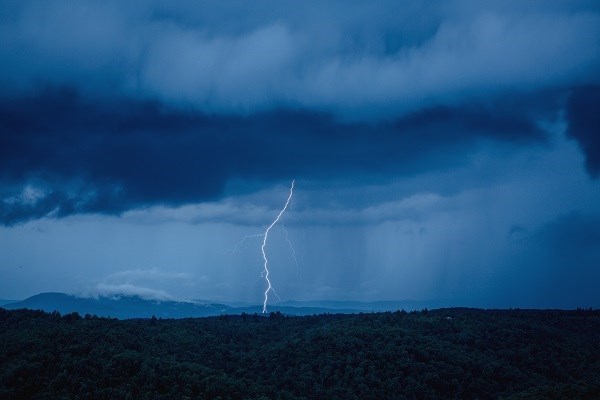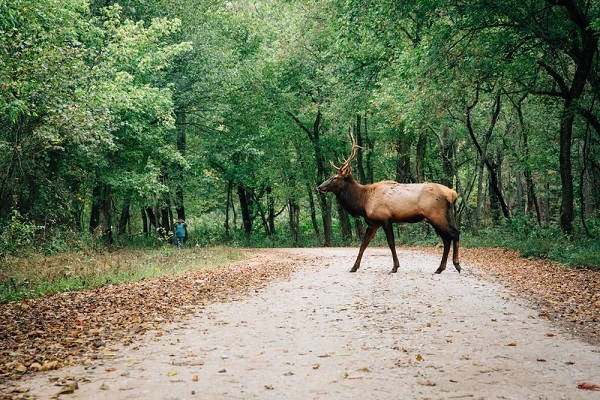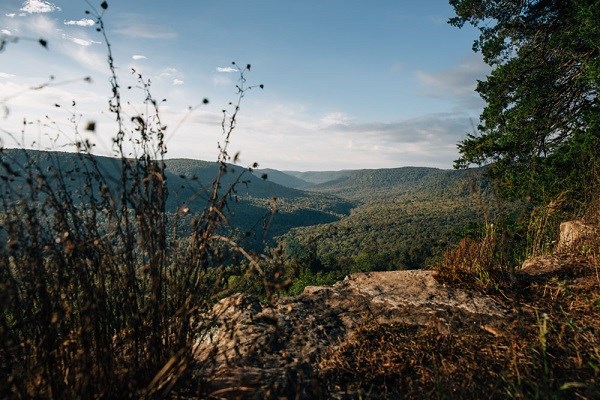You Are Responsible For Your Own Safety!Buffalo National River encompasses over 94,000 acres. Travel in the backcountry areas and floating the river have inherent risks. Hikers and floaters assume complete responsibility for their own safety. Be aware of your surroundings. If you have an accident, it will take time for help to reach you. Remember that cell phone service is spotty in most areas of the park. 
T. Fondriest Thunderstorm HazardsThe weather is warm, not a cloud in the sky, and suddenly things change. Thunderstorm events can cause a rapid short term changes that need to be taken seriously. Awareness of the likelihood of a storm will help you make a decision about whether to go or not to go, or at least how far away from the river to set up camp and pull your boats. These storms can be sudden and can happen miles away from where their affects will eventually be felt. For example, a major storm in the upper section of the park can cause serious flooding issues in the middle or lower stretches of river without receiving any rain on those sections.

T. Fondriest Wildlife HazardsAnimals in the park are wild. This is their home and you are the visitor. Observe wildlife from a safe distance. If an animal's behavior changes because you are there, you are too close to it.Black Bears can usally be scared away with loud noise, but a mother with cubs will likely be aggressive. Elk can weigh in excess of 500 lbs. and bulls have sharp antlers. Trying to get a great selfie could be your last.Feeding wildlife is dangerous to you and the animal. Animals that are fed by people learn to expect it and can become aggressive and bite. Our food is not appropriate for wildlife and can make them sick. Chiggers and ticks are particularly numerous in the summer, but may be present all year. Stay on trails; avoid walking through thickets or tall grass, and use insect repellant. Snakes are found throughout the park and some are venomous including the Copperhead, Cottonmouth and Rattlesnake. 
T. Fondriest Water, Bluff, and Cave HazardsWater is the primary resource of the park - without it there would be no Buffalo National River. Most recreation on or in the water is safe, but there may be hazards to consider before you float or swim. The river level rises and falls so make sure that you have the skills required for the current water level. If rain has made the river high and fast, there will be debris in the river and you will have less time to react to hazards. |
Last updated: September 12, 2024
